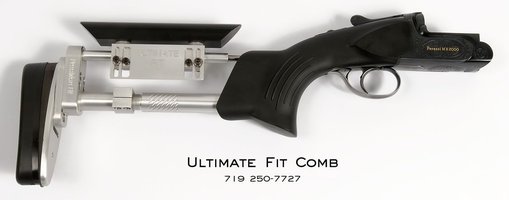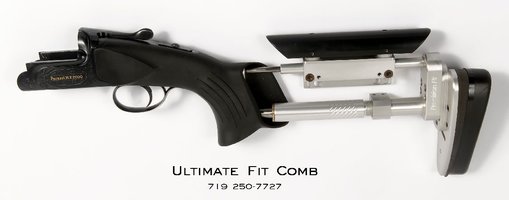A crappy shotgun can be used at 16 yards with varying results, but it's the 27-yard handicap that separates the men from the boys. A real trap shotgun is needed for the handicap.
Knowing how to shoot and understanding the game is what separates the good from the great.
I know a guy with a beat up worn out duct taped 870 that will go as far back as you would like and still knocks them dead.
Few folks over at Holbrook shooting some "crappy" guns when I was shooting ATA over there and they where doing fine.
Some one with a New England Pardner that "fits" will win over someone who spends 10k plus on a shotty that kinda fits.
For me a entry level trap gun
Remington 1100 or 870 Trap model with at least adjustable comb. They can be found at decent prices and you can generally sell them later for what you paid or a very small loss.
BT 99s are nice also.
Last edited:

![Grin [grin] [grin]](/xen/styles/default/xenforo/smilies.vb/041.gif)
![Smile [smile] [smile]](/xen/styles/default/xenforo/smilies.vb/001.gif)
![Laugh [laugh] [laugh]](/xen/styles/default/xenforo/smilies.vb/012.gif)


![Wink [wink] [wink]](/xen/styles/default/xenforo/smilies.vb/002.gif) )
)